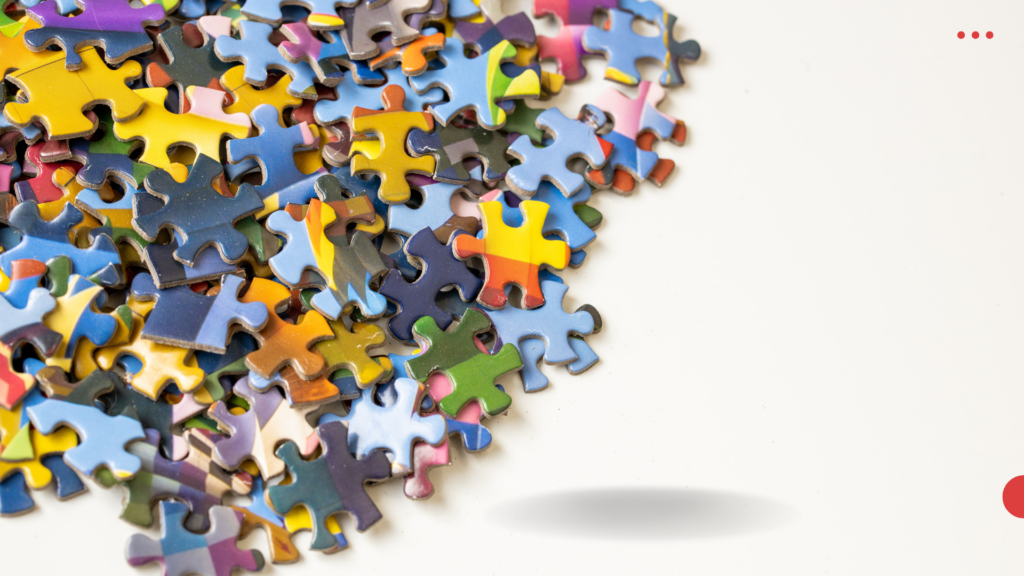Celebrating the 1st Intersection of Culture and Technology in Education

Culture and Technology holds the intersection of culture and technology is reshaping education in exciting ways. As classrooms evolve into digital hubs of diverse ideas, the blend of traditional cultural values and cutting-edge tech creates an environment where learning is both rich in heritage and innovative in approach.
Embracing Digital Cultural Exchange
Technology has become a powerful conduit for cultural exchange. Virtual classrooms, online discussion forums, and global collaboration platforms are breaking down geographical barriers and connecting learners from different cultural backgrounds. For example, video conferencing and social media allow students to engage in real-time dialogues with peers worldwide. This interaction not only broadens perspectives but also deepens understanding of global traditions, values, and practices, creating a classroom environment that is both inclusive and dynamic.
Bridging Traditional Learning with Modern Innovation
At the heart of this educational evolution lies a seamless integration of cultural traditions with modern technology. Digital storytelling projects, interactive cultural exhibits, and virtual museum tours offer students a unique opportunity to experience history and heritage in an engaging, hands-on manner. By leveraging augmented reality (AR) and virtual reality (VR), educators can bring historical landmarks and cultural narratives to life, offering immersive learning experiences that go beyond conventional textbooks. This innovative approach not only makes learning more engaging but also honors the rich tapestry of cultural histories that shape our collective identity.
Empowering Educators and Students
Educators play a critical role in harmonizing culture and technology. By designing curricula that incorporate both digital tools and cultural studies, teachers create a balanced learning environment that nurtures both technical proficiency and cultural awareness. For instance, integrating interactive digital media with lessons on world history or literature allows students to explore multiple perspectives and gain a deeper appreciation for diverse cultural narratives. Furthermore, professional development programs that focus on digital literacy and cultural sensitivity empower educators to effectively blend these two elements, ensuring that every student benefits from a holistic educational experience.
Overcoming Challenges and Harnessing Opportunities

Despite its many benefits, the intersection of culture and technology in education is not without challenges. Digital divides, differing levels of tech access, and the potential for cultural misrepresentation can pose obstacles. However, with careful planning and community engagement, these challenges can be addressed. Notably, advancements in Artificial Intelligence are being harnessed to improve digital accessibility and personalize cultural content delivery. AI-driven tools can help tailor educational experiences to individual needs, ensuring that digital platforms are both engaging and culturally relevant. In doing so, the integration of culture and technology becomes not only a bridge for learning but also a catalyst for social cohesion and mutual respect.
Future Directions in Digital-Cultural Education
Looking ahead, the fusion of culture and technology promises to unlock even greater potential in education. Innovations such as AI-driven language translation tools, personalized learning platforms, and immersive digital environments will further enrich the way cultural content is delivered and experienced. As educators continue to explore these emerging technologies, the focus remains on creating learning experiences that are as culturally diverse as they are technologically advanced. This forward-thinking approach prepares students to navigate and contribute to an increasingly interconnected global society, where understanding and embracing cultural diversity is key to success.
Conclusion
The intersection of culture and technology in education is transforming traditional learning into a vibrant, multifaceted experience. By embracing digital tools for cultural exchange, bridging traditional learning with modern innovation, and empowering both educators and students, this integration fosters an educational ecosystem that is both inclusive and forward-looking. As we continue to navigate the digital age, harnessing the synergy between cultural heritage, technological advancement, and Artificial Intelligence will be essential in creating classrooms that prepare learners to thrive in a diverse and ever-evolving world.
